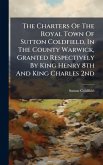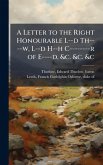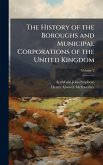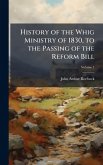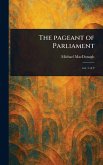"The Burials Bill: Correspondence Between the Rev. T. J. Hughes, M.A., Rector of Llanbedr, and Mr. Osborne Morgan, M.P." documents a pivotal moment in the history of religious and legal reform in 19th-century Britain. This volume captures the debate surrounding the Burials Bill, a contentious piece of legislation aimed at addressing the rights of nonconformists in relation to burial grounds traditionally controlled by the Church of England. Through the correspondence between Rev. T.J. Hughes and Mr. Osborne Morgan, M.P., readers gain insight into the arguments for and against the bill, reflecting the broader tensions between religious establishment and individual liberties. This volume provides valuable primary source material for understanding the complexities of religious and legal change during the Victorian era. This work has been selected by scholars as being culturally important, and is part of the knowledge base of civilization as we know it. This work was reproduced from the original artifact, and remains as true to the original work as possible. Therefore, you will see the original copyright references, library stamps (as most of these works have been housed in our most important libraries around the world), and other notations in the work. This work is in the public domain in the United States of America, and possibly other nations. Within the United States, you may freely copy and distribute this work, as no entity (individual or corporate) has a copyright on the body of the work. As a reproduction of a historical artifact, this work may contain missing or blurred pages, poor pictures, errant marks, etc. Scholars believe, and we concur, that this work is important enough to be preserved, reproduced, and made generally available to the public. We appreciate your support of the preservation process, and thank you for being an important part of keeping this knowledge alive and relevant.
Bitte wählen Sie Ihr Anliegen aus.
Rechnungen
Retourenschein anfordern
Bestellstatus
Storno


